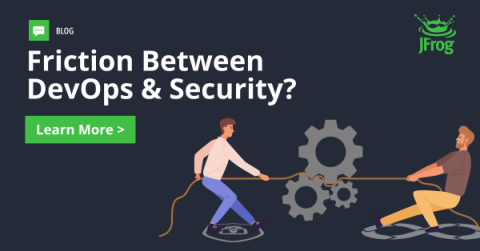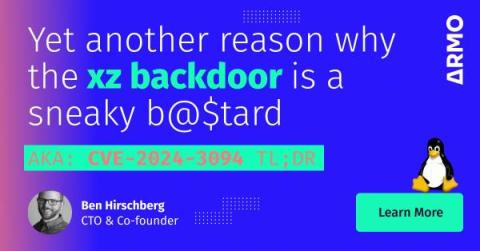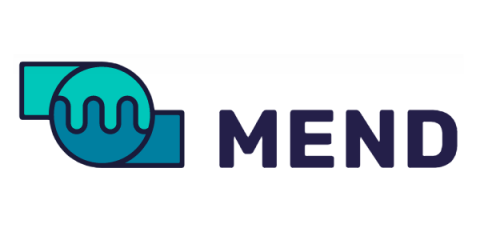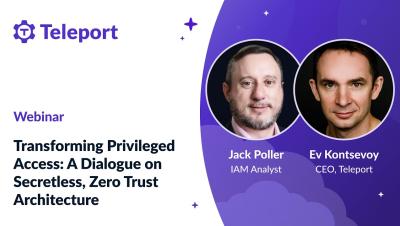What is ASPM - Application Security Posture Management Defined
Welcome to our concise video on ASPM – Application Security Posture Management! In this brief 1-minute video, we unravel the complexities surrounding ASPM, shedding light on its crucial role in safeguarding digital assets and data integrity. ASPM serves as a comprehensive framework for assessing, monitoring, and enhancing the security posture of applications throughout their lifecycle. From development to deployment and beyond, ASPM empowers organizations to proactively identify and mitigate security risks, vulnerabilities, and compliance gaps.











